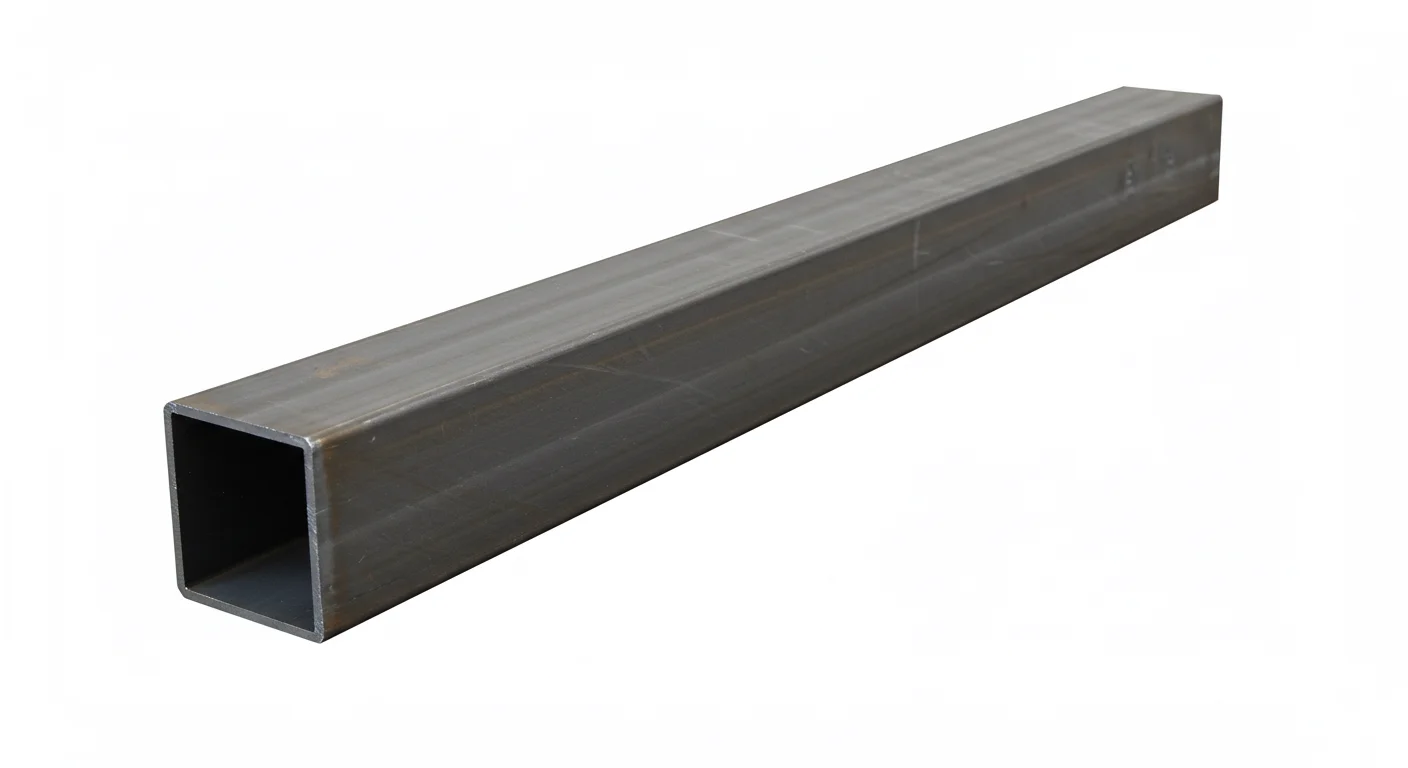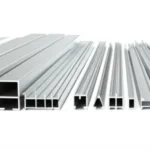Determining the weight of a specific 50 * 25 rectangular tube requires more information than just the outer dimensions. The weight is critically dependent on two additional factors: the wall thickness and the length of the tube, as well as the density of the steel used.


Why Dimensions Alone Are Not Enough
A 50 * 25 description typically refers to the outer width and height of the rectangular tube, usually in millimeters (mm). However, tubes come in various wall thicknesses. A tube with a thicker wall will contain more steel for the same length and outer dimensions, making it significantly heavier than one with a thinner wall. Similarly, a longer tube will naturally weigh more than a shorter one.
The Calculation Formula
To calculate the weight, you need to use the formula:
Where:
- Outer Width (W) = 50 mm
- Outer Height (H) = 25 mm
- Wall Thickness (t) = This value is needed! (measured in mm)
- Length (L) = This value is needed! (measured in meters or mm)
- Density (ρ) = Density of the steel (typically ~7850 kg/m³ or ~0.00000785 kg/mm³)
Let’s break down the area calculation:
- Outer Area (A_outer) = W * H = 50 mm * 25 mm = 1250 mm²
- Inner Width (W_inner) = W – 2t = 50 – 2t
- Inner Height (H_inner) = H – 2t = 25 – 2t
- Inner Area (A_inner) = (50 – 2t) * (25 – 2t) mm²
- Cross-Sectional Area of Steel (A_steel) = A_outer – A_inner = 1250 – [(50 – 2t) * (25 – 2t)] mm²
The final weight formula becomes:
Important: Ensure units are consistent. If W, H, t are in mm, and L is in meters (m), convert L to mm (multiply by 1000) or convert the area from mm² to m² (divide by 1,000,000) before multiplying by density in kg/m³. A simpler approach is often to use density in kg/mm³ (7850 / 1,000,000,000 = 0.00000785 kg/mm³) if all dimensions are in mm.
Example Calculations with Assumed Values
Since the wall thickness (t) and length (L) are unknown, let’s calculate the weight for a couple of common scenarios, assuming a standard steel density of 7850 kg/m³ (or 0.00000785 kg/mm³).
Scenario 1: Wall Thickness (t) = 2 mm, Length (L) = 1 meter (1000 mm)
- A_steel = 1250 – [(50 – 2*2) * (25 – 2*2)] = 1250 – [(50 – 4) * (25 – 4)]
- A_steel = 1250 – [46 * 21] = 1250 – 966 = 284 mm²
- Volume (V) = A_steel * L = 284 mm² * 1000 mm = 284,000 mm³
- Weight = V * ρ = 284,000 mm³ * 0.00000785 kg/mm³ ≈ 2.23 kg
So, a 1-meter long 50x25x2 mm rectangular tube weighs approximately 2.23 kg.
Scenario 2: Wall Thickness (t) = 3 mm, Length (L) = 6 meters (6000 mm)
- A_steel = 1250 – [(50 – 2*3) * (25 – 2*3)] = 1250 – [(50 – 6) * (25 – 6)]
- A_steel = 1250 – [44 * 19] = 1250 – 836 = 414 mm²
- Volume (V) = A_steel * L = 414 mm² * 6000 mm = 2,484,000 mm³
- Weight = V * ρ = 2,484,000 mm³ * 0.00000785 kg/mm³ ≈ 19.49 kg
A standard 6-meter length of 50x25x3 mm rectangular tube weighs approximately 19.49 kg.
Conclusion
To find the exact weight of a specific 50 * 25 rectangular tube, you must know its wall thickness and length. Without these values, only estimations based on assumed common sizes are possible. Always refer to the manufacturer’s specifications or measure the tube directly for accurate weight calculation.
Key Specifications
- Standards and grades
- Dimensions and tolerances
- Surface finish
- Certificates (MTC)
Applications
Construction, machinery, energy and general fabrication — match material and finish to the operating environment.





